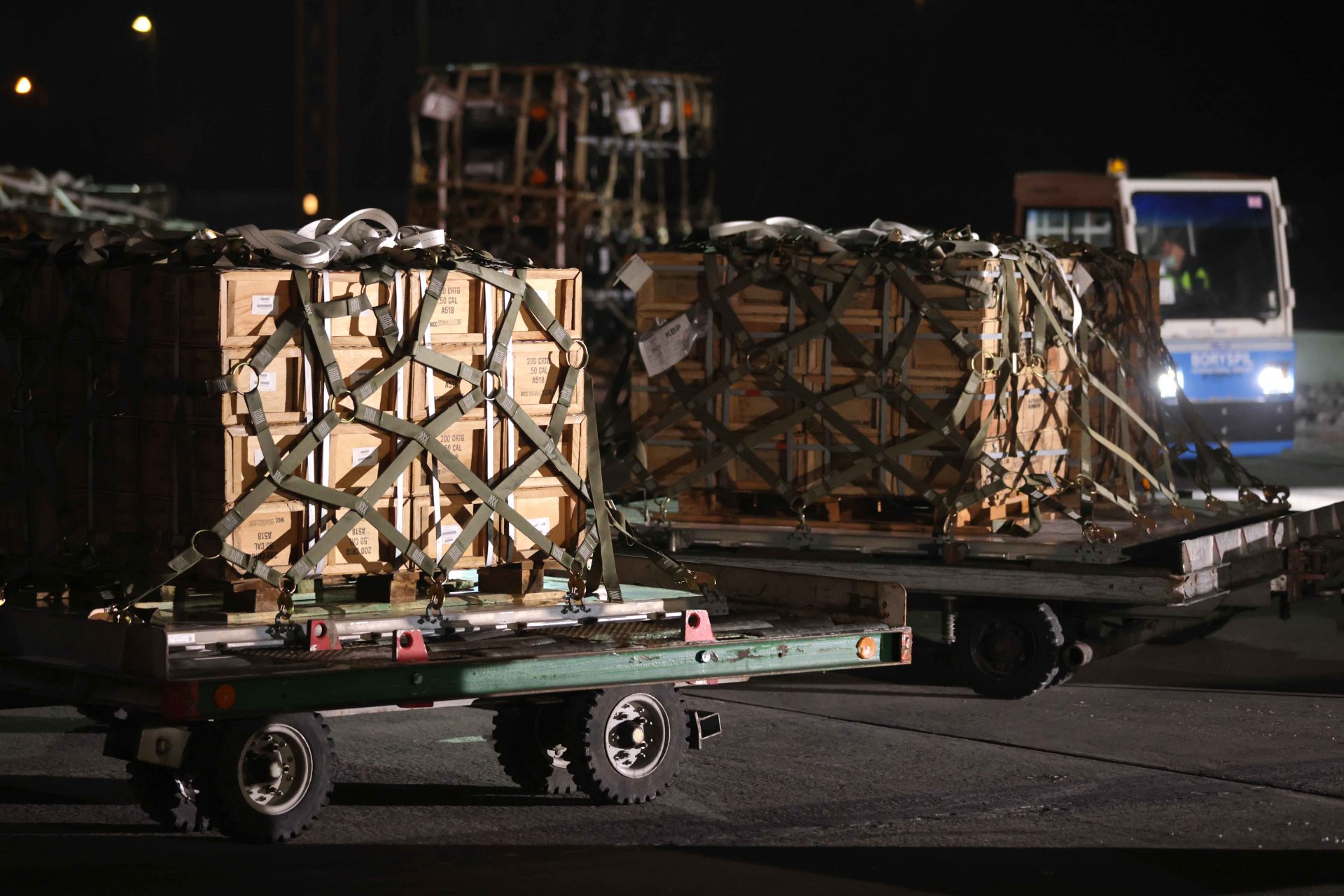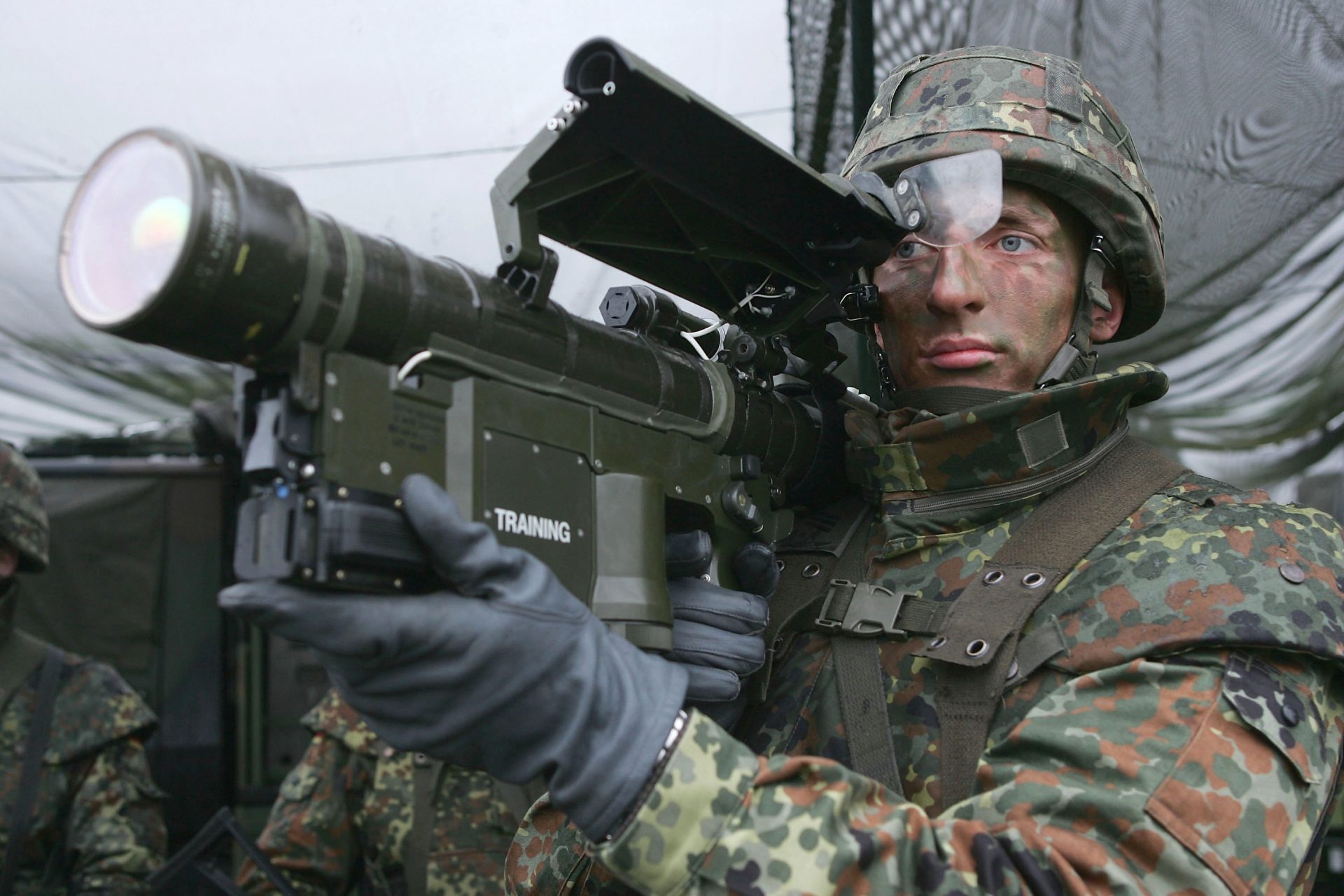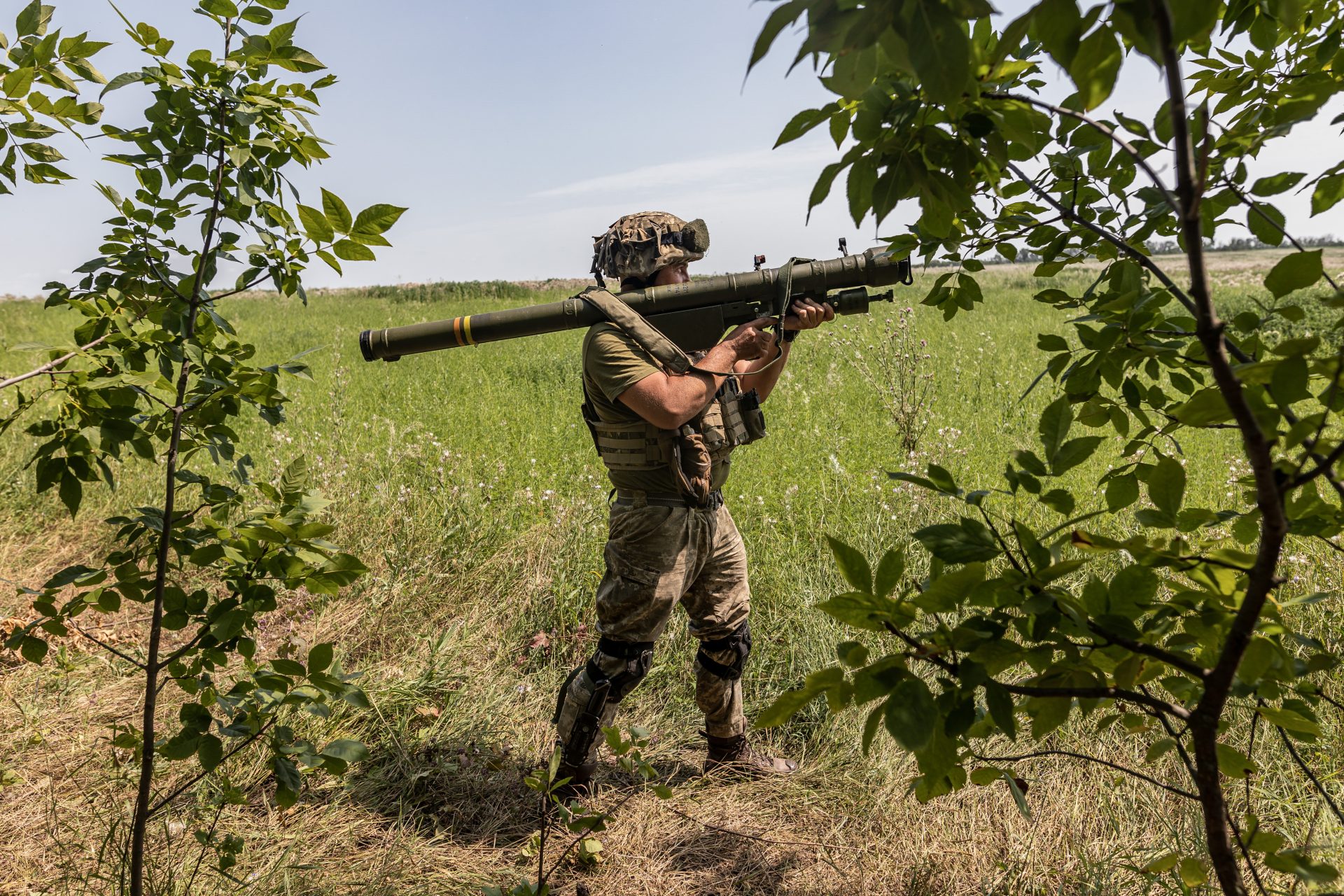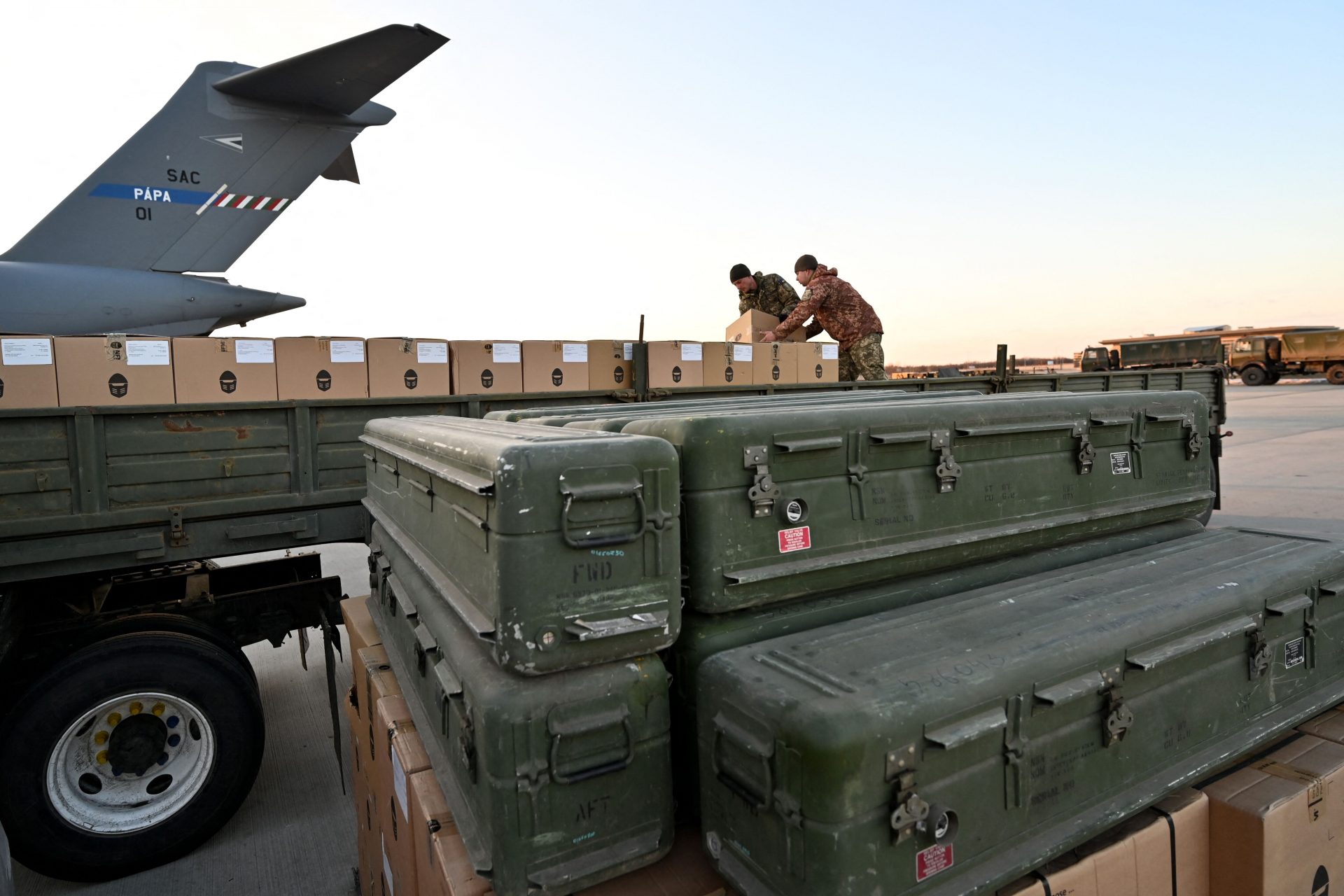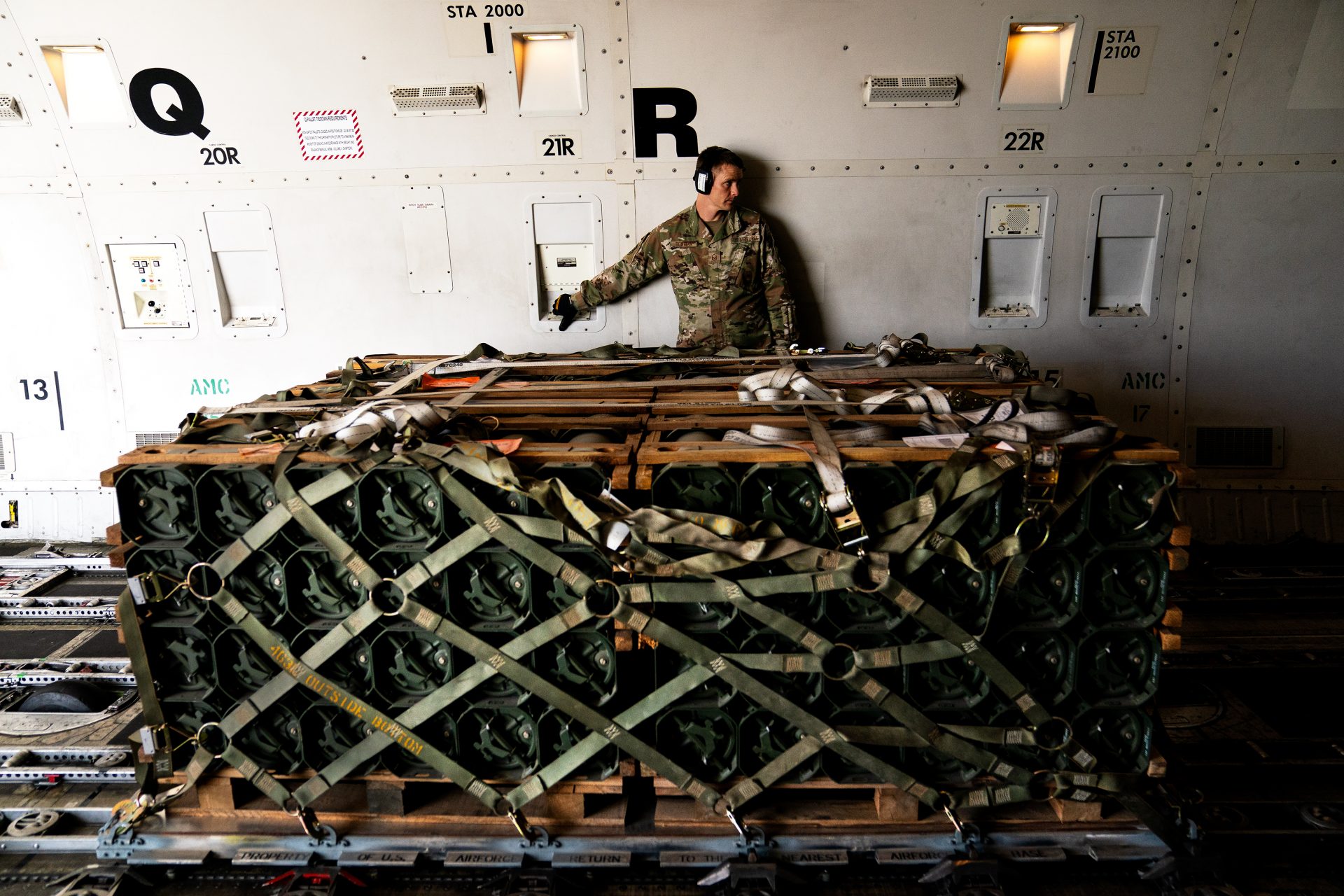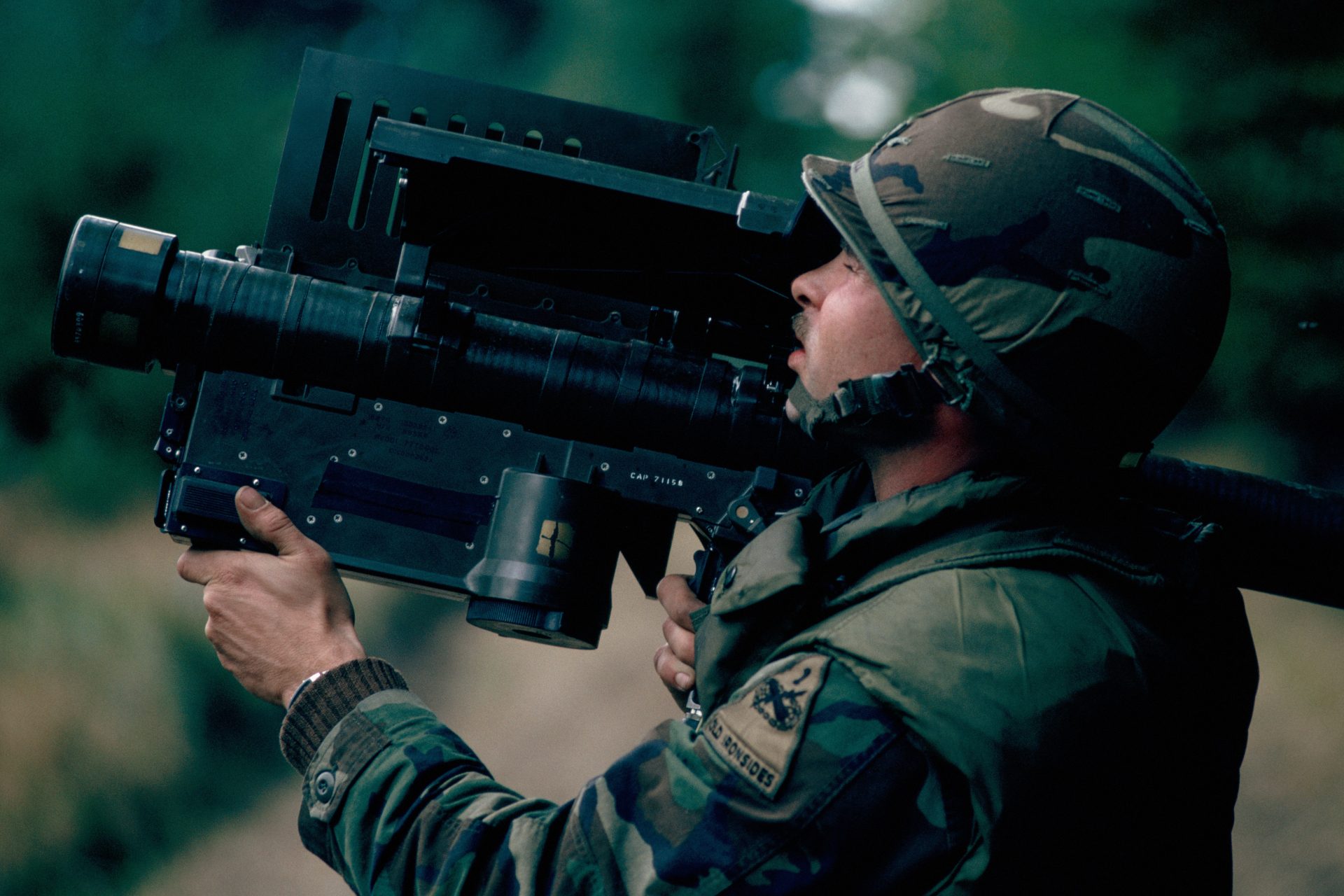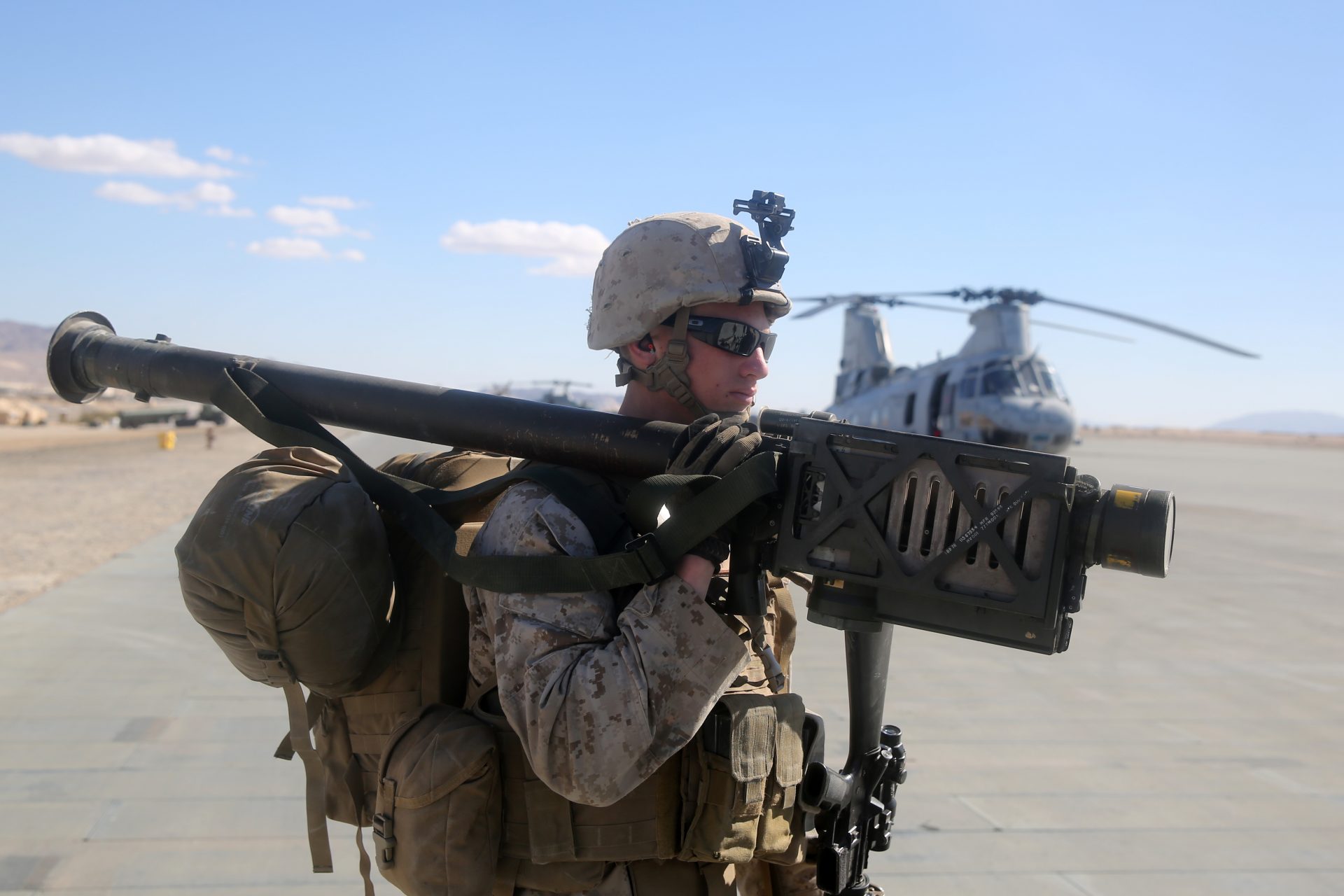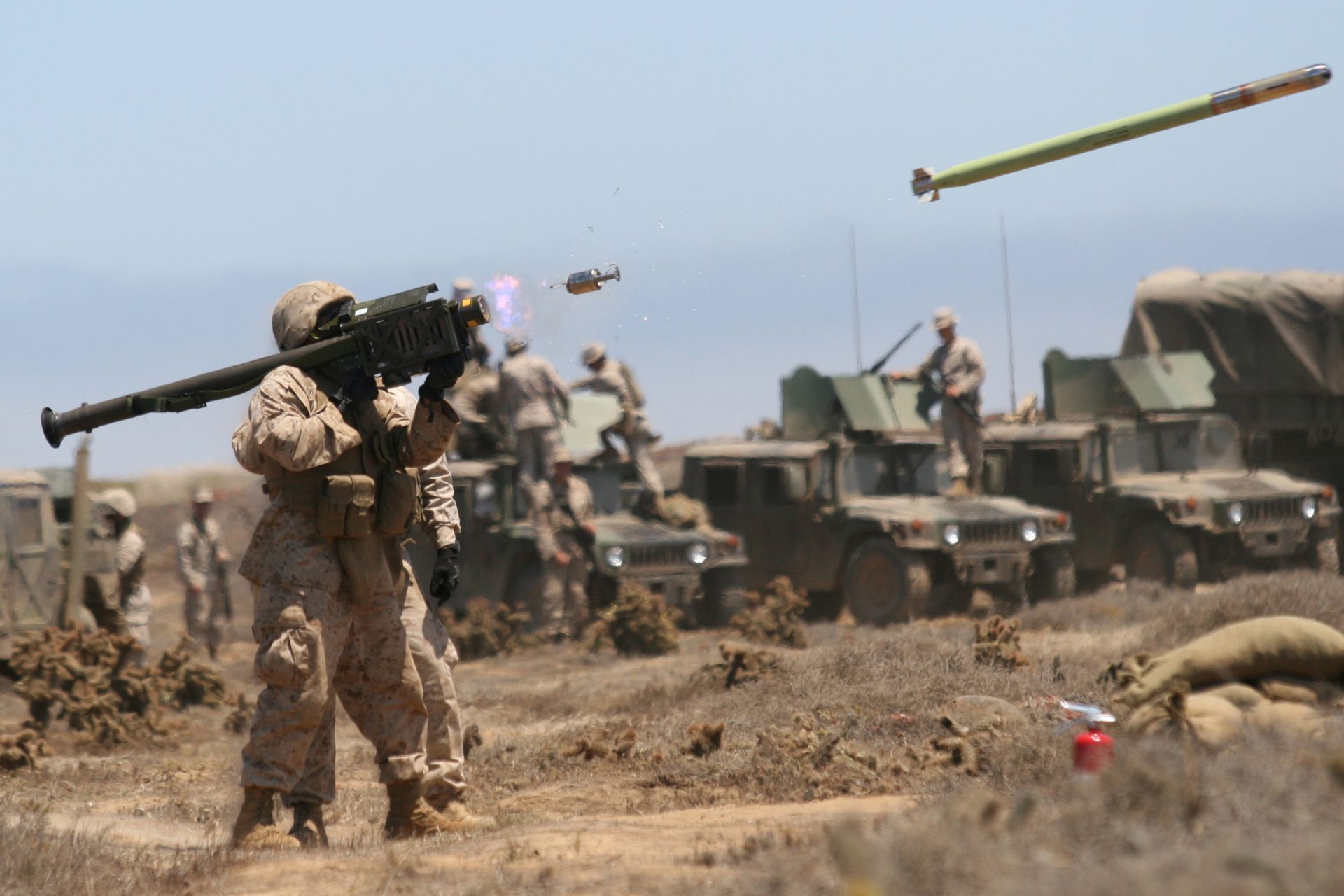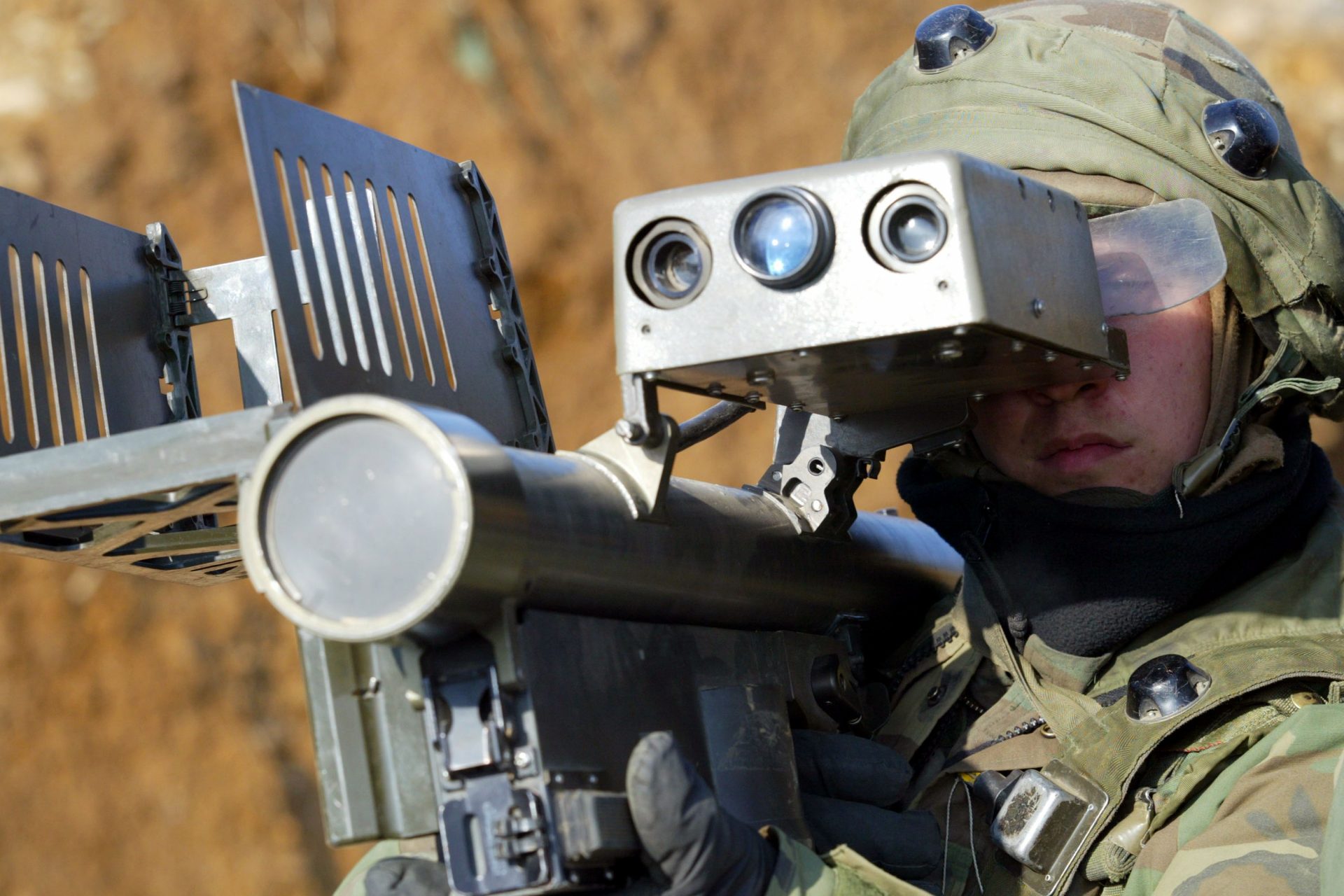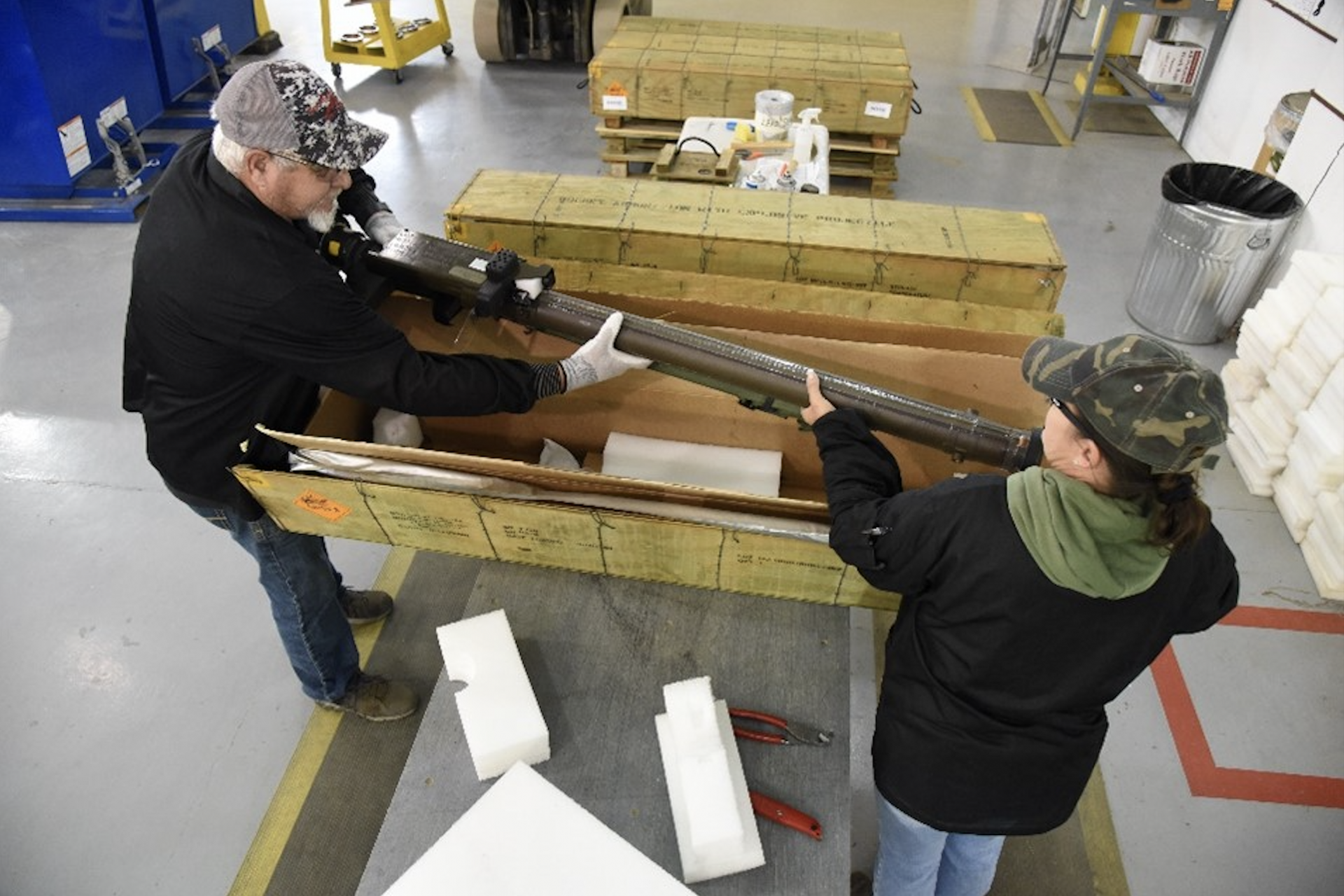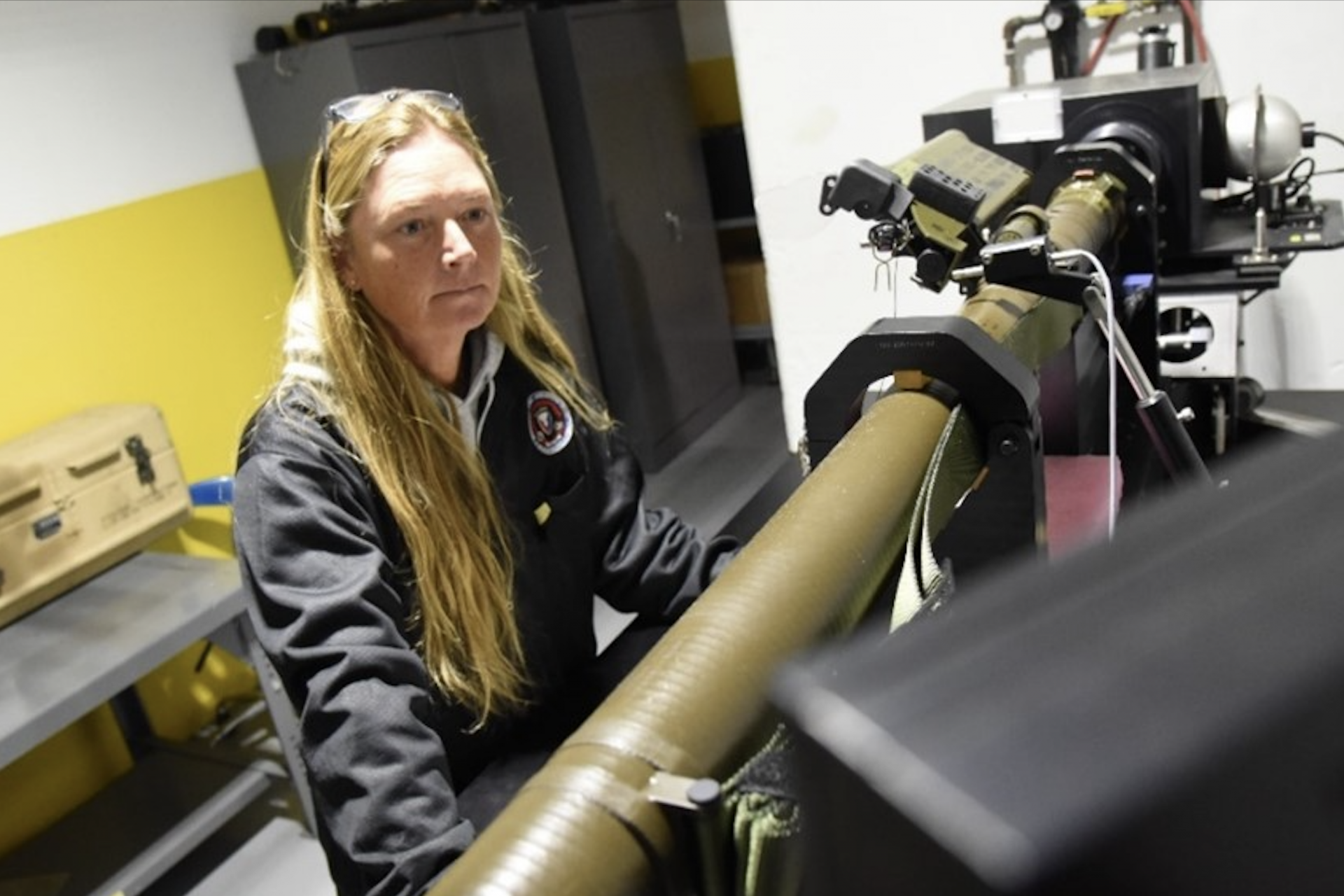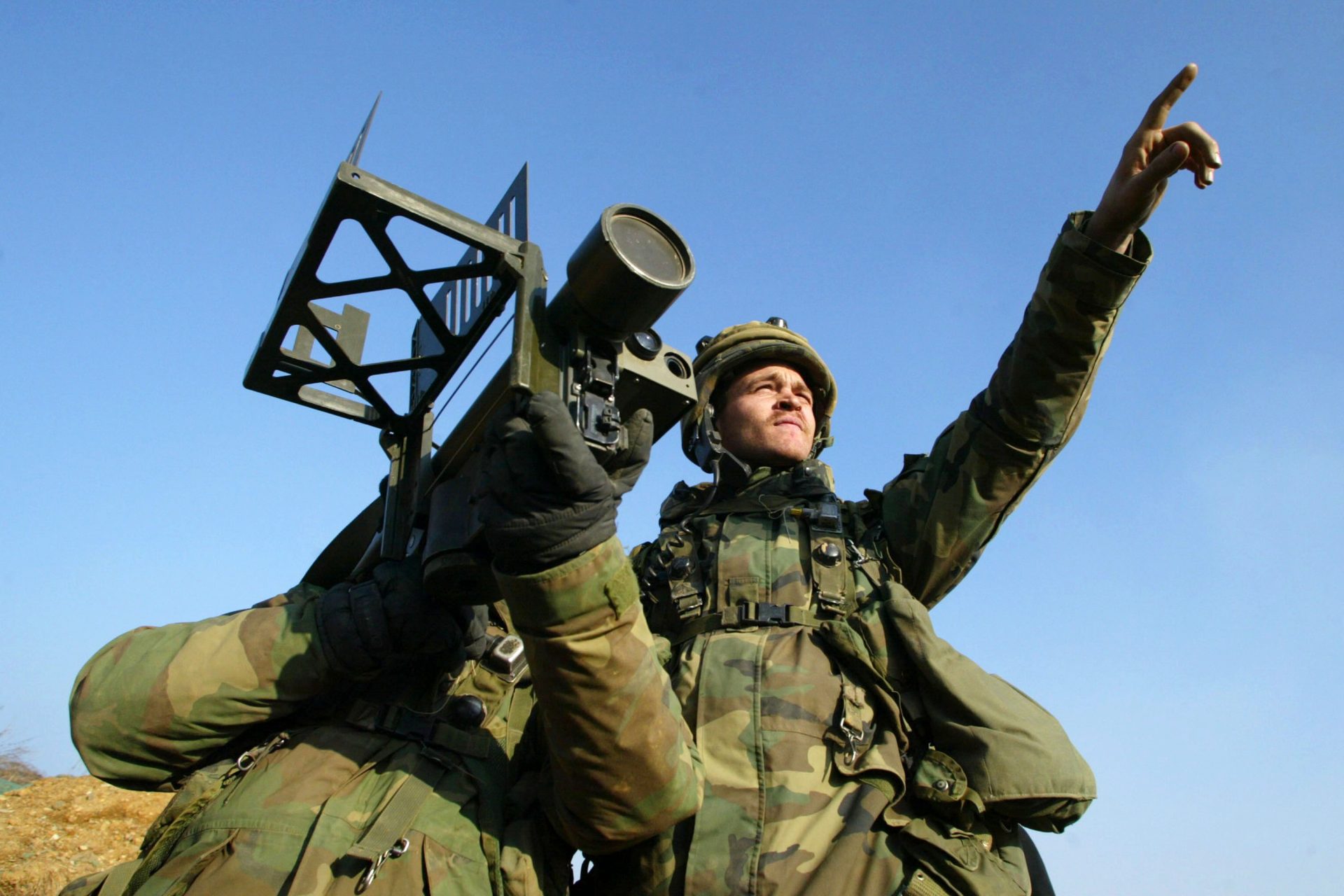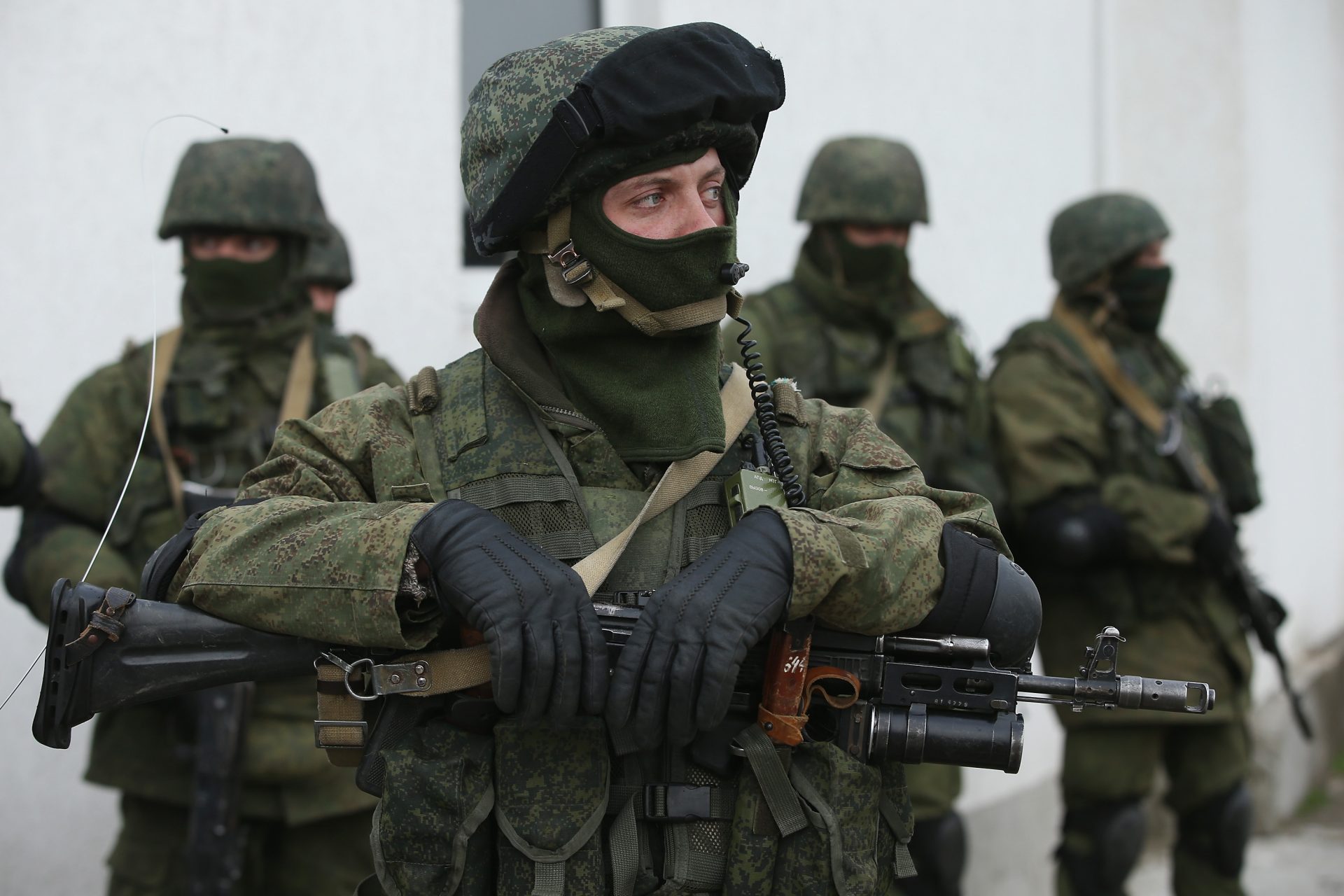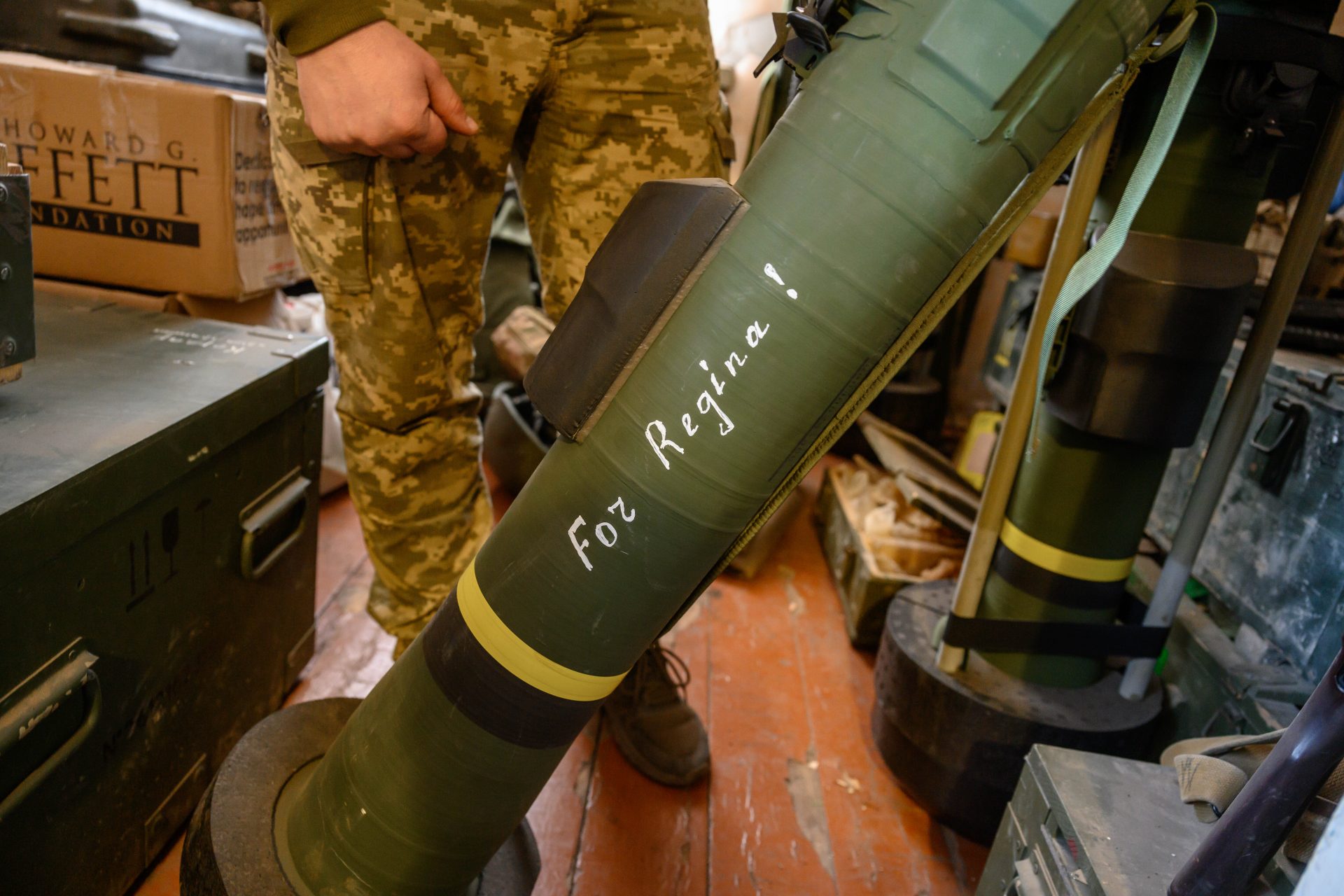US Army finds solution to its Stinger missile stock problem
When Vladimir Putin ordered the invasion of Ukraine, the United States quickly began to send the embattled Ukrianians thousands of highly advanced military weapons to assist in their fight to stop Moscow’s advance into their country.
Among the more important systems, the arsenal of democracy shipped to Ukraine was a man-portable air-defense weapon known as the FIM-92 Stinger Missile, and it proved to be a major asset for Ukraine in the first months of the war.
The FIM-92 Stinger is an important weapon for Ukraine and the United States because it is a lightweight surface-to-air missile launcher that can be carried into battle by a single soldier and fire a round as far as 8 kilometers or 4.9 miles according to Army Recognition.
The Stinger is designed to be fired against low-altitude targets and is very effective; it has racked up 270 credited fixed-wing and rotary-wing kills as of December 2023. Its rapid deployability makes the surface-to-air missile a critical and useful system in any battle.
For example, in July 2023, a Ukrainian Stinger unit spoke with NPR and told the US news organization that it had fired 8 Stingers over the course of their combat operations and only missed their target twice.
By April 2022, the United States had shipped 2,000 Stingers to Ukraine according to the Center for Strategic and International Studies. But this all-too-important system also had one big problem: replacing it wasn’t going to be very easy.
“The United States has probably given a third of its inventory to Ukraine,” The Center for Strategic and International Studies’ Mark Cancian noted.
Shipments to Ukraine drained American stockpiles of the Stinger, which was a problem for the military since the weapon was backed by what Forbes called “aged and insecure infrastructure.” But that may have been an understatement.
The Stinger was first produced in 1972 and wasn’t going to be a weapon that could be replaced easily since the military projected that they wouldn’t need to worry about that problem until at least the 2030s. But the war in Ukraine changed that timeline.
In May 2022, the US Army awarded a contract worth over $600 million to Raytheon for the procurement of 1,700 new Stinger systems, but the Pentagon was projecting that it would have those systems stocked back up until 2026.
“Stinger's been out of production for 20 years, and all of a sudden in the first 48 hours [of the war], it's the star of the show and everybody wants more,” said Wes Kremer the president of Raytheon's RTX Division at the 2023 Paris Air Show.
Photo Credit: Wiki Commons By Cpl. Joseph Scanlan
Defense One reported that Kremer thought it would take about thirty months before the first Stingers would start rolling off the production lines since it would take time to set up a factory and train the employees on how to make the weapon.
Photo Credit: Wiki Commons By Christopher O'Quin, U.S. Marine Corps
Raytheon decided to bring retired employees back into the fold so they could help teach new staff how to build Stingers. “We're pulling test equipment out of warehouses and blowing the spider webs off of them,” Kremer said.
However, the US Army still needed a solution in place while it waited for its new batch of Stingers and it was found in a stock of 2,700 Stinger systems deemed unserviceable. In 2022, the Army began refurbishing these weapons.
The goal was to upgrade and extend the shelf life of at least 1,100 of the unusable units but finally, the tally of restored Stingers hit 1,900 by the time the refurbishment project was completed, saving $50,000 per unit against the cost of acquiring new Stigner stock.
Photo Credit: Facebook @USArmyPEOMS
The project finished four months ahead of schedule according to a press release by the US Army, and more importantly, new technology was added to the refurbished Stingers to extend their shelf life to meet the threats of unnamed aerial warfare.
Photo Credit: Facebook @USArmyPEOMS
US Army officials estimated that the refurbishment program would add ten years to the lives of the weapons and the US Army press release pointed out that the program was able to restore 70% of the current unserviceable stock rather than the 40% projected.
More for you
Top Stories




